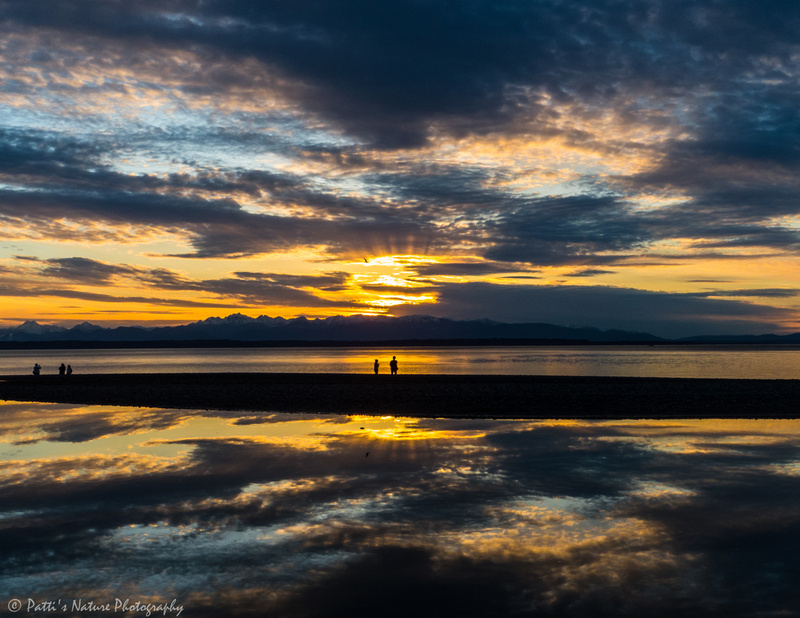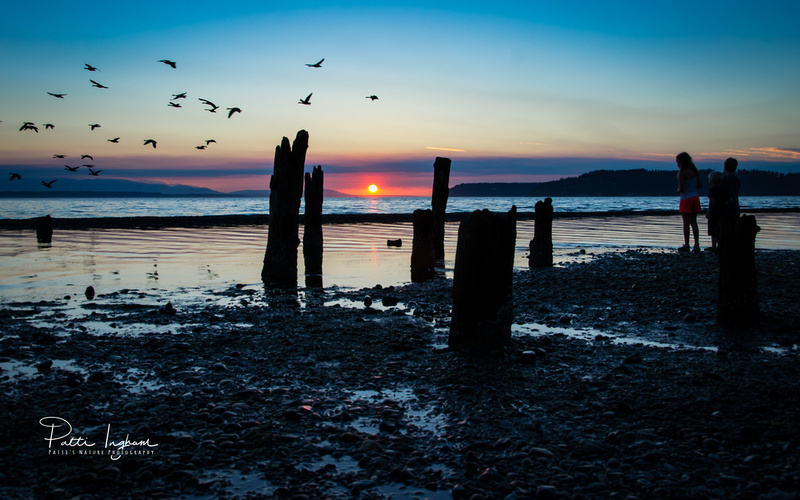The Artistry of Sunset Photography
Emotional Responses to Sunset Photography
I don’t think any type of photography elicits more emotion than sunset photography. Be it while taking a sunset photograph, viewing one or discussing the subject of sunset photography.
Let’s start with the subject of sunset photography. Is sunset photography “the biggest cliché” or is it a “spiritual expression”? Some renowned photographers say that there is an overabundant supply of sunset photographs that contributes to their reputation as “corny” rather than artist. Others say that they are “sentimental visual confectionery indicative of limited aesthetic vision and undeveloped practice; as childlike pleasures.”
Despite this view, there are thousands more images of sunsets than any other popular photography subject. Perhaps this is because viewing a sunset is an emotional experience which is accessible to everyone. Any time the sun is setting you can be sure that someone is taking a photograph of it wanting to share what they are seeing.
Why are people drawn to photographing a sunset? Sunsets are dynamic and dramatic. There is always a variety of changing colors in a sunset and many of the colors are warm colors. The light and color in every sunset is unique, no one sunset looks like another, a little like human personalities. Also, sunset images can have a calming and soothing effect.
Why do I embrace sunset photography and feature it in my portfolio? It is ultimately creative and challenging. Below I will discuss a few of the elements I find most creative.
Creativity in Sunset Photography
Ever changing Light
During a sunset there is really a lot going on. As in any scene the light is constantly changing, however during a sunset the changes in lighting conditions are more dramatic. The changing light creates vibrant colors and shifting shades.
 Walk on the Beach
Walk on the Beach
When I captured this image the sky had a broken cloud cover and with every degree the sun moved lower on the horizon the reflection of sunlight on the clouds changed, as did the colors in the sky. In addition, sunbeams broke through the clouds and with a low tide, the tidal pool reflected the various colors of the sky. People standing at the edge of the shore watching the sunset gives some perspective to the scene as does the bird flying in front of the sunbeams.
Golden Hour
About an hour before sunset or when the sun is between 4 and 6 degrees above the horizon, the indirect sunlight light is more evenly diffused so the light appears softer and warmer. With the sun lower than the clouds, the reflection of the golden sunlight from the clouds can light up the sky.


This image of a sunset in Cabo Mexico is a good example of the sunlight below the clouds reflecting off the bottom of the clouds to create a warm orange golden glow on the horizon.
Blue Hour
For about 20 to 30 minutes after the sun dips below the horizon or when the sun is between 4 and 8 degrees below the horizon, the sun’s blue light dominates and a scene takes on a predominately blue shade. During the blue hour the sky can also be tinted yellow, orange, red and blue because the blue light is scattered in the atmosphere so it can reach the surface of the Earth.

In this image of the Edmonds ferry on Christmas eve, the sun is well below the horizon and is casting a bluer shade on the clouds and the water below the ferry.
Staying Longer – Nautical Twilight
I have found that if you can stay even longer at a sunset, up to nautical twilight, when the sun dips as low as 12 degrees below the horizon there are often even more dramatic colors in the sky. Although the naked eye cannot clearly see the horizon at this point, with a long exposure a camera can record light that cannot be seen by the naked eye.

As we sat on the beach at Shi Shi in the Olympic National Park eating dinner and watching the sunset it displayed various colors for over an hour and long after the sun had set below the horizon. The brightest color in the sky appeared about 40 minutes after the actual sunset. This was the longest and most unforgettable outdoor sunset dinner I have had in my life.
The Zen of Sunset Photography
Unlike some skeptics, I believe spectacular sunset photography is an art. In order to capture the subtleties of the ever changing light during a sunset you must constantly adjust your approach as the light changes. To do this you must remain “in the moment” – attentive, letting your next move (camera setting adjustment) be guided by intuition rather than by the conscious effort of recalling the correct photography rule of thumb for a specific situation.
 Smokey Skies with Birds
Smokey Skies with Birds
In this image the smoke from the summer wildfires in British Columbia brought a hazy, darkness to the sunset. There was almost a blue hour look to the light even during the golden hour. I was focused on capturing the colors when a flock of geese suddenly flew through the scene. I was able to capture the moment before the geese flew completely out of the scene. I could not wait for the children to leave, nor did I have time to change position so I clicked the image almost without thinking. As it turned out the scene seems to naturally flow from the geese, over the pilings to the children on the opposite side of the image while the sun is centered between the pilings and is just about to touch the horizon. This was an "in the moment" capture.
Patti Ingham, © Patti's Nature Photography